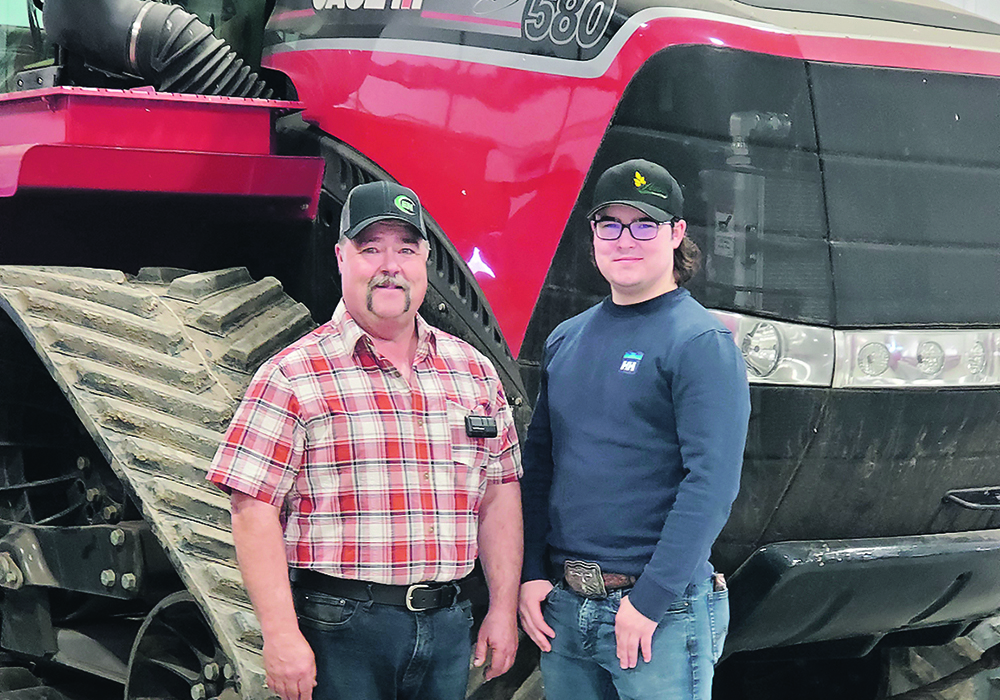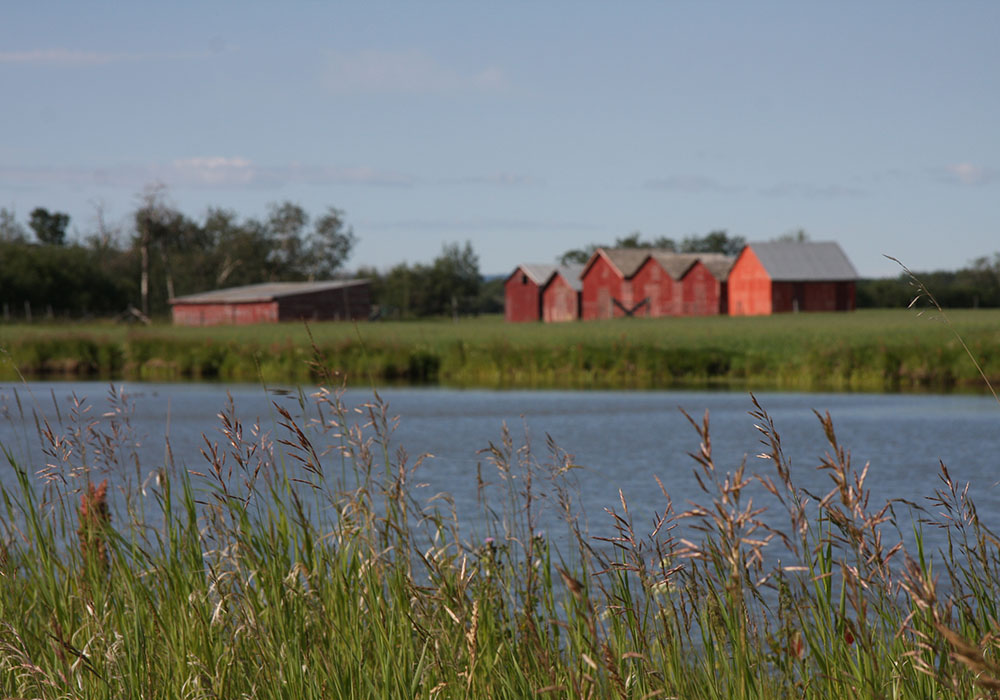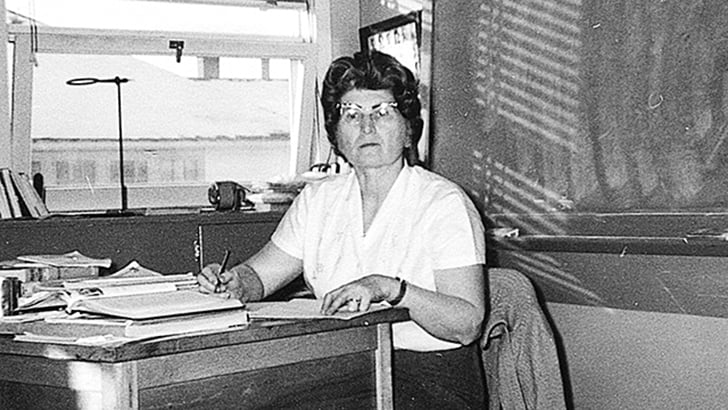Life seems to have moments when something happens and you just wish you knew how to fix the problem.
An example is when one of our granddaughters decided to become a little artist on the living room microfiber couch with a pen. Her Mom was in a panic: what to do? With more luck than good management, she tried to wipe the ink with a moist baby wipe. To her relief and surprise, the ink disappeared.
She has since discovered that moist baby wipes are handy for cleaning up more than sticky fingers and messes.
Read Also

Know what costs are involved in keeping crops in the bin
When you’re looking at full bins and rising calf prices, the human reflex is to hold on and hope for more. That’s not a plan. It’s a bet. Storage has a price tag.
Baby wipes have also been used to remove smudges and fingerprints from walls, stainless steel appliances, garbage cans and water spots from taps.
Scorched pot
A friend had a cheesy entrée stick and burn to the bottom of a frying pan. The solution for removing burned on bits from a sauce pan or frying pan is to empty the pan and add a little water and two to three tablespoons (30 to 45 mL) of baking soda.
Heat the pan until the water is boiling. Let it boil until most of the water has boiled away and then use a nylon egg turner to gently scrape at the burned spot. It should chip away. For a large burn, repeat until all of the charred food has been removed.
Removing desserts from cake pan
To easily remove cakes, desserts or cheesecake from a cake pan or spring-form pan, line the pan with parchment paper.
For a spring-form pan, trace the size of the bottom on the parchment and cut out the circle. The parchment will allow you to slip the cake or dessert onto a serving plate.
Too salty or too sweet?
For over salted soup or vegetables, add a teaspoon (5 mL) of cider vinegar and a teaspoon (5 mL) of sugar to help balance the flavour.
For a dish that still needs some cooking, another option is to add pieces of raw potato. Remove the potatoes once they have cooked and absorbed the salt.
For a dish that has been over sweetened, add small amounts of salt until the flavour has been corrected. For a too sweet vegetable or main dish, cider vinegar can be added to correct the flavour.
Sprains and surgeries
Cold packs are used to ease the pain of strains, sprains and post-surgery. The problem is keeping the packs in position.
Knee and shoulder surgeries, which seem to be common, are good examples. The solution is a fabric ice pack holder with Velcro straps to hold it in place.
Making an ice pack holder for the knee
- 2 – 6 X 8 inch soft 15 X 20 cm
- gel medical ice packs flannelette or terry cloth fabric
- 10-12 inch zipper 25 – 30 cm
- 12 inches of the loop 30 cm
- side of hook and loop Velcro tape
- 5 inches of the hook 12 cmside of hook and loop Velcro tape
The ice packs are available at most drug stores. Soft gel packs work best because they stay soft when frozen and mould to the area to which the pack is being applied.
Measure the distance around the knee and add an extra six inches to allow for overlapping the fabric and for the bulk of the ice packs.
If the measurement is taken before the surgery, add two to three inches to allow for swelling. It is better to make the holder too large rather than too small.
On the fabric, measure the length that you have just calculated. For the width of the holder, use the width of the ice packs doubled plus 1 1/2 inches (4 cm). Cut the fabric out, fold right sides together and pin the edges together.
Centre the zipper in the middle of the long edge. Use chalk to mark both ends of the zipper on the edge of the fabric.
Using a half inch (1 cm) seam allowance, stitch across one end and down the long side to the first mark for the zipper, back tack and then switch the stitch length to baste and sew the length of the zipper. Change back to the regular stitch length when the second zipper marking is reached, back tack again and finish stitching to the end of the side seam, leaving the end open.
Spread the seam, open on the long side and centre the zipper face down in the basted seam, pin in place. Using a zipper foot, stitch through the zipper tape, seam allowance and one layer of the fabric, stitching down one side of the zipper across the bottom, up the other side and then across the top of the zipper.
Using a seam ripper, open the basted part of the seam to expose the zipper. Turn the holder right side out and flatten so the zipper and seam form one side and the folded edge the other side.
Cut two six inch (15 cm) lengths of the loop side of the Velcro tape
From the open end, on the right side of the fabric, place the two lengths of loop tape parallel to each other, running the length of the fabric, about 1 1/2 inches (4 cm) from each side and from the open end edge.
Pin in place and stitch all the way around the edge of the tape through only one thickness of the fabric.
Turn the holder over. On the closed end of the holder (on the opposite side of the holder from the loop Velcro) centre the hook side of the Velcro across the end of the holder about half an inch (1 cm) from the end edge.
Stitch through the Velcro and both layers of the fabric to sew the Velcro into place.
Open the zipper and turn the holder inside out. Stitch the last end closed and turn right side out.
Through the zipper opening, insert two frozen ice packs, zipper closed, and then wrap around the knee, with the loop Velcro facing up. Press the hook Velcro into the loops to hold the ice packs in place. If the holder is too long, twist it a time or two between the ice packs to shorten.
Remove the ice packs from the holder to refreeze, so the holder doesn’t get damp. Or for a more concentrated cold, once the stitches have been removed, wet the fabric, wring out and insert the ice packs.
Use the same idea to make ice pack holders for shoulders, hips, ankles or wrists.
Some ice packs can also be heated. Once hot, insert into the holder to hold into position.














